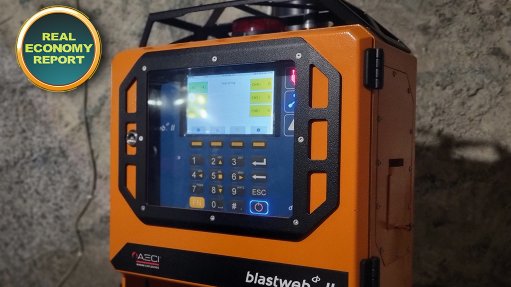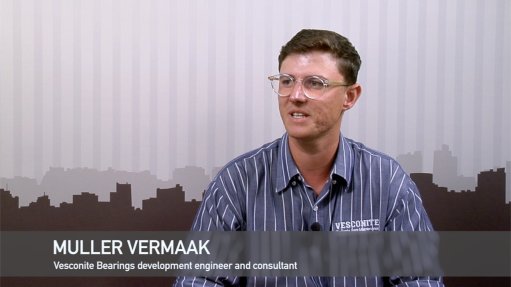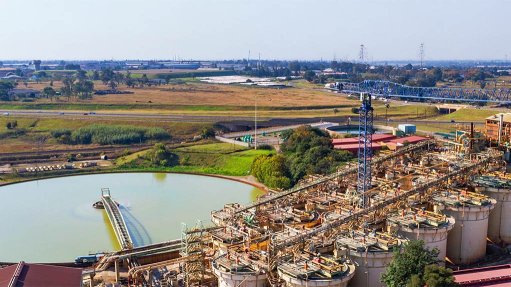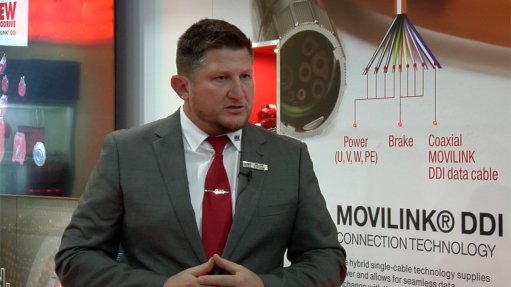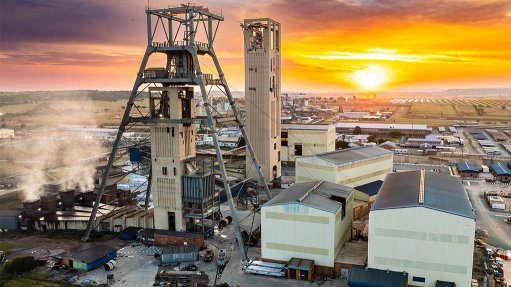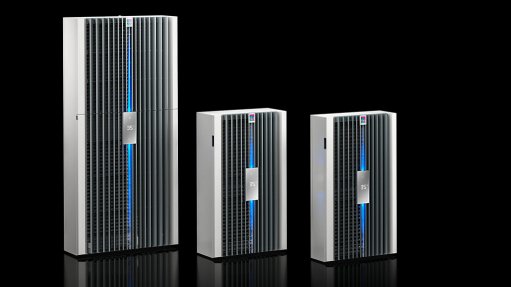Office furniture manufacturing and distribution company CN Business Furniture has invested about R10-million in its 17 000-square-metre warehouse in Bedfordview to ensure safe working conditions for its employees and an efficient product handling service for its customers. The company spent 18 months on the renovation of the warehouse.
CN Business Furniture Group MD
Robbie Bergh says that the original building presented many challenges before it could be used as a warehouse for the company’s products.
“The original building presented a fire risk, because of a huge variance in municipal water pressure. The lighting was insufficient for the company’s purposes and the flooring was uneven, which could have led to structural problems with the fitting of the racks and shelving,” he says.
The original warehouse racking consisted of chipboard shelves, which were unsuitable for CN Business Furniture’s needs, and posed the risk of collapsing.
Bergh says that the solution to these challenges lay in changing the shelving and racking from a staggered type to palletising, and moving to open shelving, with the racks stacked three-high, before a mezzanine floor was installed, which nearly doubled the warehouse space.
Replacing all fire hydrant pipes feeding the building and installing special vents in the roof, which open automatically if smoke is detected, reduced the risk of smoke inhalation and were designed to assist in more effective firefighting in the event of a fire, CN Business Furniture opera-tions director
Johann Nortje says. A recent fire drill saw the entire warehouse evacuated in less than three minutes.
“The company also made changes to the inside of the warehouse to prevent the build-up of flammable gases, such as those produced by the chargers used to recharge forklift batteries. The flooring around the chargers were also coated with an anticorrosion and fireproof coating to ensure worker safety,” he explains.
The company also sent its employees on a firefighting course, where eight of the employees qualified as firefighters.
“Safety is the top priority to the company and, therefore, training on product care and handling is a critical part of daily operations,” Nortje points out.
Another challenge lay in the pillars supporting the warehouse roof. Bergh says that the pillars were not constructed in a straight line, but were placed haphazardly on the warehouse floor. The solution was to build very wide racking, incorporating the pillars.
The company also changed the uneven, tiled floor to epoxy-coated flooring. The warehouse was also split into four parts, namely parts and assembly, receiving, dispatch and a space where CN Business Furniture manufactures its own chairs. The company is also using three different kinds of shelving. The ground-floor level is used for heavier products, pallets are used for general products, such as desks, and a push-through system is used for the light, but bulky, products such as cabinets.
Another challenge lay in the width of the aisles, which are about 3 m wide. Special warehousing handling equipment such as three-wheeled, high-reach forklifts were sourced to manoeuvre in the aisles.
The company also uses Voltex energy-saving lights to illuminate the warehouse operations. Bergh says that while the mezzanine floors were being installed, the company could not afford to cease operations and pickers had to pick products for six months by torchlight.
Prior to the improvements to the CN warehouse, its workforce was contracted out to an employment brokerage. However, on its completion, Bergh made the decision to offer all contract workers permanent employment with CN. This ensured a higher level of skills as well as the potential for ongoing training to afford customers a better level of service. The CN warehouse currently employs over 100 permanent staff.
Bergh says that the company aims to continue developing its warehousing facilities and that expansion of the facilities are under consideration.
“The expansion is not com- pleted. Two hoists still have to be installed to give access to the mezzanine floor, so that it will not be necessary to use a forklift to move products to the mezzanine level. This will be implemented in an effort to save energy and costs as the facility is currently the largest office furniture warehouse in the southern hemi- sphere,” he explains.
Bergh says that the future of office furniture warehousing lies in designing around logistics.
“This means that the design of the office furniture is such that the whole assembly can fit in one box. This is called flat pack design. CN Busi- ness Furniture has embarked on a branding and packaging campaign to encourage and provide custom-made solutions to accommodate fold-up designs,” he comments.
Flat packing allows the company to better use the space in its warehouse, because a normally bulky object can be folded up and stored in a box, taking up far less space than in its assembled form as well as assist- ing with the logistics, branding, pro-duct identification and barcoding.
Bergh says that designing for logistics is a trend that will become more popular in the future as warehousing space diminishes.
“Flat packing and more efficient pallet use will become increasingly popular in future, as warehousing space runs outs. The company is also planning on introducing radio frequency scanning to allow for better product handling in future,” Nortje comments.
Bergh says that the company is also planning to move towards a more automated warehousing system so that the physical handling of products is reduced and less damage occurs.
To watch Creamer Media's latest video reports,
click here





